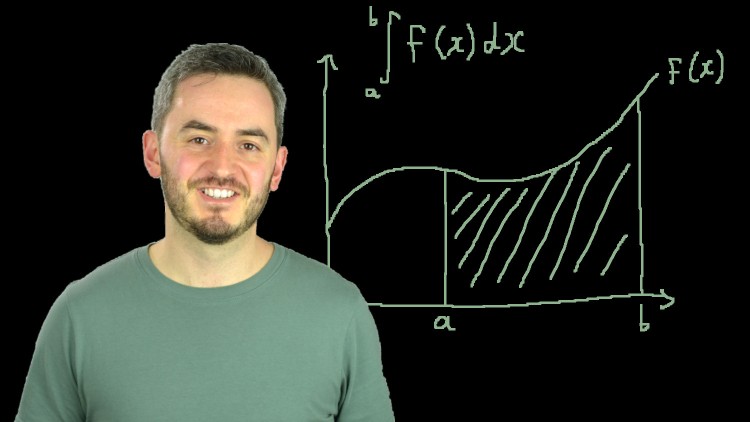جمع جزء: 1,323,000 تومان
- × 1 عدد: Flappy Bird Clone - The Complete SFML C++ Game Course - 189,000 تومان
- × 1 عدد: Direct Modeling In Plasticity - Upper Body - 189,000 تومان
- × 1 عدد: DP-700 Microsoft Fabric Data Engineer Associate Course 2025 - 189,000 تومان
- × 1 عدد: DeepSeek Essentials: Exploring Open-Source AI for Everyone - 189,000 تومان
- × 1 عدد: Deswik CAD 2024 Pit Design - 189,000 تومان
- × 1 عدد: Digital Teaching and Technology or LMS use in Teaching - 189,000 تومان
- × 1 عدد: DeepSeek R1 AI: DeepSeek R1 Generative AI COMPLETE Course - 189,000 تومان







